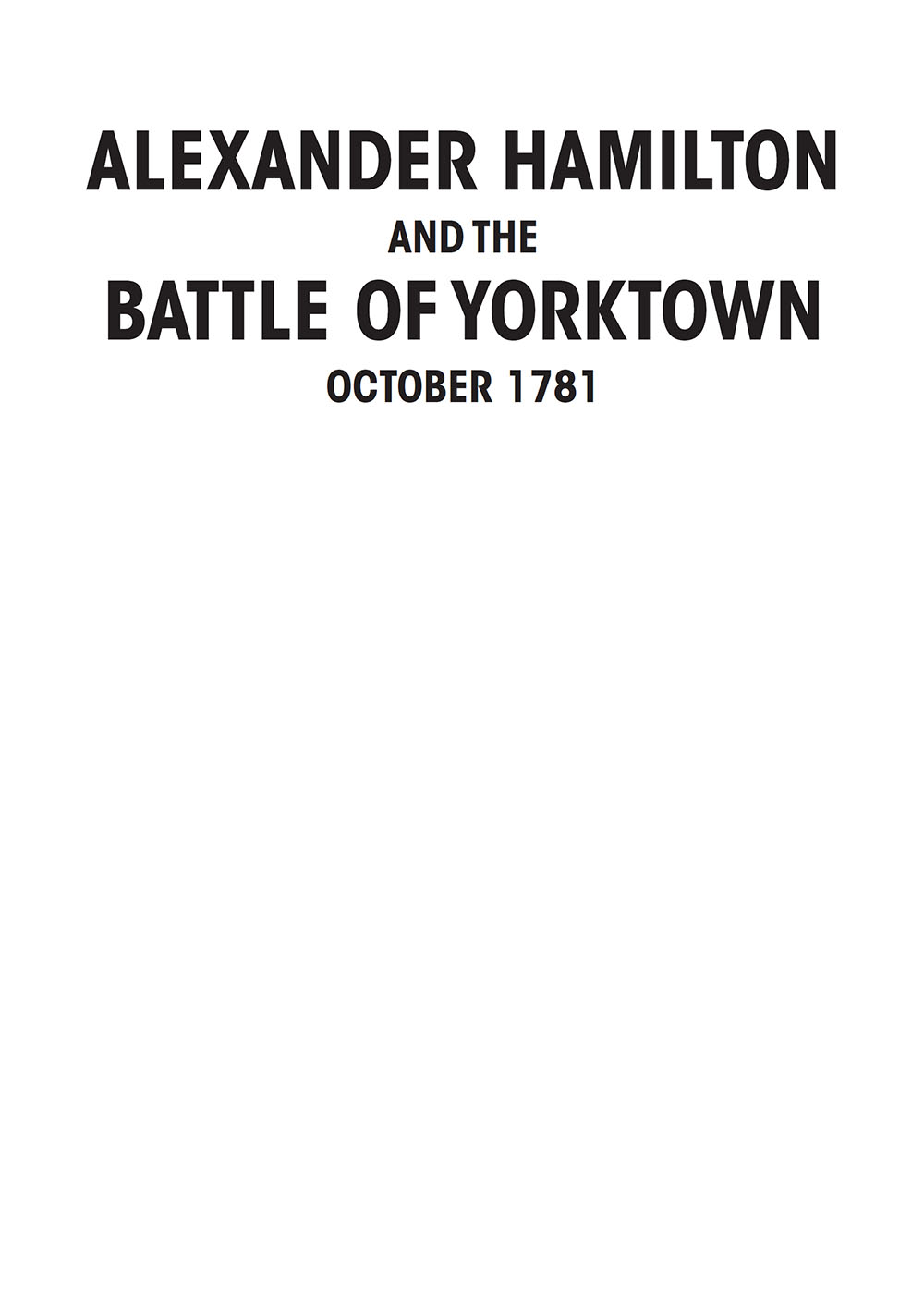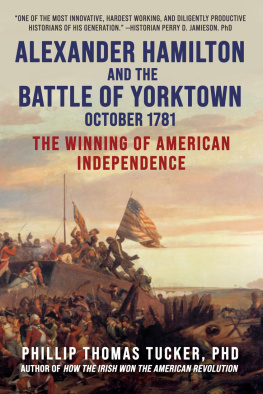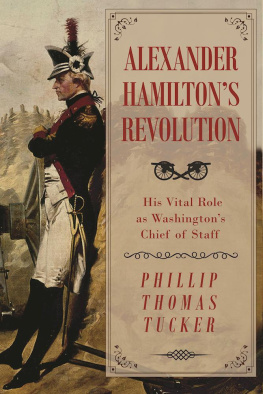


Copyright 2022 by Phillip Thomas Tucker
All rights reserved. No part of this book may be reproduced in any manner without the express written consent of the publisher, except in the case of brief excerpts in critical reviews or articles. All inquiries should be addressed to Skyhorse Publishing, 307 West 36th Street, 11th Floor, New York, NY 10018.
Skyhorse Publishing books may be purchased in bulk at special discounts for sales promotion, corporate gifts, fund-raising, or educational purposes. Special editions can also be created to specifications. For details, contact the Special Sales Department, Skyhorse Publishing, 307 West 36th Street, 11th Floor, New York, NY 10018 or .
Skyhorse and Skyhorse Publishing are registered trademarks of Skyhorse Publishing, Inc., a Delaware corporation.
Visit our website at www.skyhorsepublishing.com.
10 9 8 7 6 5 4 3 2 1
Library of Congress Cataloging-in-Publication Data is available on file.
Cover design by Kai Texel
Print ISBN: 978-1-5107-6935-9
Ebook ISBN: 978-1-5107-6936-6
Printed in the United States of America
Contents
Introduction
In one of the great ironies in the annals of American history, Alexander Hamiltons special rolesespecially as General George Washingtons invaluable chief-of-staff for nearly four yearsthat he played during the American Revolution and in the making of America after the war have left one of the important ones in relative obscurity. Although a recent immigrant to America, Hamilton made the most important and memorable contributions by far of the thirty-two members of Washingtons staff.
Most glaringly and surprisingly, the long list of Hamiltons accomplishments at the nerve center of Washingtons headquarters, and earlier in the warincluding at the Battles of Trenton and Princeton, New Jersey, during the 177677 Campaign as a young commander of a New York artillery batteryhave cast a giant shadow to this day over his all-important role during the crucial Yorktown Campaign, in part because this was the last major campaign of the American Revolution. This relative obscurity in the historical record has been especially the case in regard to Hamiltons stirring role in leading the attack that captured strategic Redoubt Number Ten, which anchored the left flank of Lord Charles Cornwalliss lengthy defensive line on the York River, on October 14, 1781, not long after the autumnal sun had dropped over the western horizon.
But more than in the case of nearby Redoubt Number Nine, which was overwhelmed by French troops at the same time, the capture of Redoubt Number Ten by Lieutenant Colonel Hamilton and his storming party of Continental light troops was key to turning Cornwalliss left flank of his sprawling siege line, which shortly forced his surrender. Only five days later and thanks to the fall of Redoubt Number Ten and also Redoubt Number Nine, to a lesser degree, Lord Cornwallis surrendered his British, Hessian, and Loyalist Army in a broad field situated along the Hampton Road just outside Yorktown: the decisive turning point of not only the American Revolution but also of world history, ensuring that the infant United States of America won its struggle for independence and gained a lengthy life as the newest peoples republic in the world.
Clearly, Hamiltons special day of destiny came on Sunday October 14, 1781, when a great deal was at stake in this war for Americas liberty because Cornwallis was expecting the arrival of reinforcements from New York City as promised by his superior, Sir Henry Clinton. At that time, Hamilton audaciously tempted fate as never before. He lived to tell the tale of the harrowing experience in having led the headlong charge on formidable Redoubt Number Ten and having been the first American to scale the parapet and leap inside the earthen fortification, surviving numerous close calls at a time when his pregnant wife, Elizabeth Schuyler-Hamilton in Albany, New York, was praying for his safe return home.
Hamilton led the charge of his Continental light troops over a broad stretch of open ground at a time when he had nothing to prove to anyone but himself because he had already demonstrated an abundance of courage as a gifted commander of a New York artillery unit. Nevertheless, he was so passionate about winning glory during this last chance that he risked all: an incredibly bright future; a beautiful, loving wife who hailed from one of Americas leading families and carried his first child, Philip; an extremely supportive family of politically influential, wealthy in-laws who fully accepted him in every possible way despite his shadowy Caribbean background; and the high opinion that he enjoyed with General Washington and the Continental Army. His risk of all he had gained since migrating to America in 1773 reflected Hamiltons complex and paradoxical nature of enthusiastically embracing great challenges, even at the peril of his life. than high hopes during the summer of 1773: all part of Hamiltons complex and paradoxical nature in which he enthusiastically embraced the greatest challenges, even at the risk of his own life.
The unfortunate and almost unthinkable oversight by generations of historians and Hamilton scholars of Hamiltons role in the Revolution, and the Yorktown Campaign especially, has partly stemmed from his service time. Hamilton served as a combat officer for only a few months during the wars final campaign, after having served on Washingtons staff.
Ironically, the importance of Yorktown; the brilliance of the combined offensive effort of the allied Generals Washington and Jean-Baptiste Donatien de Vimeur, Comte de Rochambeau, age fifty-six; and the vital contributions of the French Navy that won superiority at sea have overshadowed the key momentestimated at only twenty minutesthat it took Hamilton and his crack light troops to capture Redoubt Number Ten.
Generations of historians have seemingly believed that Hamilton could have achieved relatively little of real importance on the wars last major battlefield in such a short time during the most important siege in the annals of American history, fostering the misconception that his military service was relatively undistinguished at Yorktownthe antithesis of the actual situation. But in fact, from the beginning of the American Revolution to the end, young Hamilton excelled as a battlefield commander and leader of men as both an artillery and infantry officer on the field of strife when not serving on Washingtons staff.
Indeed, the young native West Indian played key roles not only at Yorktown but also as the commander of a New York artillery command before he joined Washingtons staff on March 1, 1777an impressive list of military contributions in leadership roles when not serving with distinction as a member of Washingtons staff, remarkable for such a young officer and recent immigrant only in his twenties. In fact, very few, if any, Americans during this war possessed a more distinguished and impressive military record both on and off the battlefield or were at center stage of the most stirring events of the American Revolution, especially at Washingtons headquarters, than Hamilton. Hamiltons rise both on and off the battlefield was meteoric, especially in regard to his vital role on Washingtons staff from 1777 to 1781.
With Americas storied past, and even the lives of the founding fathers, in the process of being reanalyzed and reinterpreted in the United States as never before during the third decade of the twenty-first century, it is now time to reexamine the life of Americas most controversial and gifted founding father, the only one not born in America. Alexander Hamilton was a product of the Caribbean, having been raised on the island of Saint Croix in the Danish West Indies. In fact, he was far more of a West Indian than an American by the start of the American Revolution in April 1775.
Next page

















